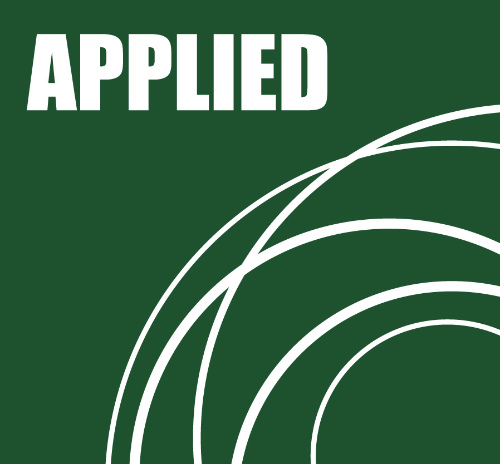Safe Sandblasting
When blasting, there are a number of safety considerations you should be aware of to prevent injury while working. Firstly, never blast using sand as it contains crystalline silica which can cause serious or fatal respiratory disease.
Since 1974, the use of sand for blasting has been prohibited to use as an abrasive blasting material. Instead, purchase our 100% safe Applied crushed glass made from 100% recycled container glass.
All our products are designed and regularly inspected during manufacturing, but the user must always be alert for hazards when operating the blaster. You must always wear a helmet when blasting. It is best practice to use full safety clothing while sandblasting. Here at Applied we supply Canvas hoods which are the basic hood to use for short sandblasting jobs.
It is highly recommended to use an air fed helmet when sandblasting. We stock Spartan Blast Helmets which provide extra protection to the user as they are connected to an airline hose and filter to supply fresh air to the helmet. This helmet protects the user from flying and ricocheting abrasive, excessive noise and dust from the operation. Applied also stock the Titan II SAR helmet which is the top of the range helmet, CE and NIOSH approved while complying with AS/NZS1716:2003. This helmet maximises comfort and can come with a Climate Controller, Air Cooling Controller or an Air Flow Controller.

Using an air fed helmet requires a respirator airline hose and airline filter to provide fresh clean air to the helmet. Applied offer a range of airline filters and airline hoses with suitable connections for the helmets. Only remove your helmet when you are well away from the operating location away from suspended contaminants in the air.
Other safety recommendations include the use of a blast suit, gloves and steel toe boots. A good quality boiler suit would suffice and good quality welding gloves would be adequate for the safe operating of a blaster. The airborne particles can get into your clothes and become airborne again while you move. Therefore the use of safety clothing during operation will provide maximum protection.
Protective gloves must cover the full forearm to prevent injury from ricocheting abrasive. When performing maintenance on the blast pot, ensure the airlines are fully blown out so that the entire blaster can be examined before work ensuring there are no defects.
It is generally best practice to blast indoors to contain the abrasive material reducing the hazards to the public.
By following these simple safety guidelines, your health and welfare risks at work will be dramatically reduced.
